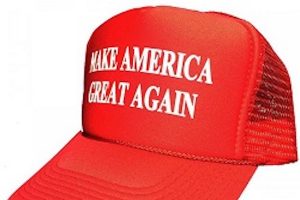
College marketing and communications teams increasingly look to boost video teams and budgets. All well and good, but we should not overlook the enduring value and impact of your still image library. It’s easy to grow complacent and assume that last year’s photos will meet this year’s needs. It’s tempting to hire less qualified photographers, […]




